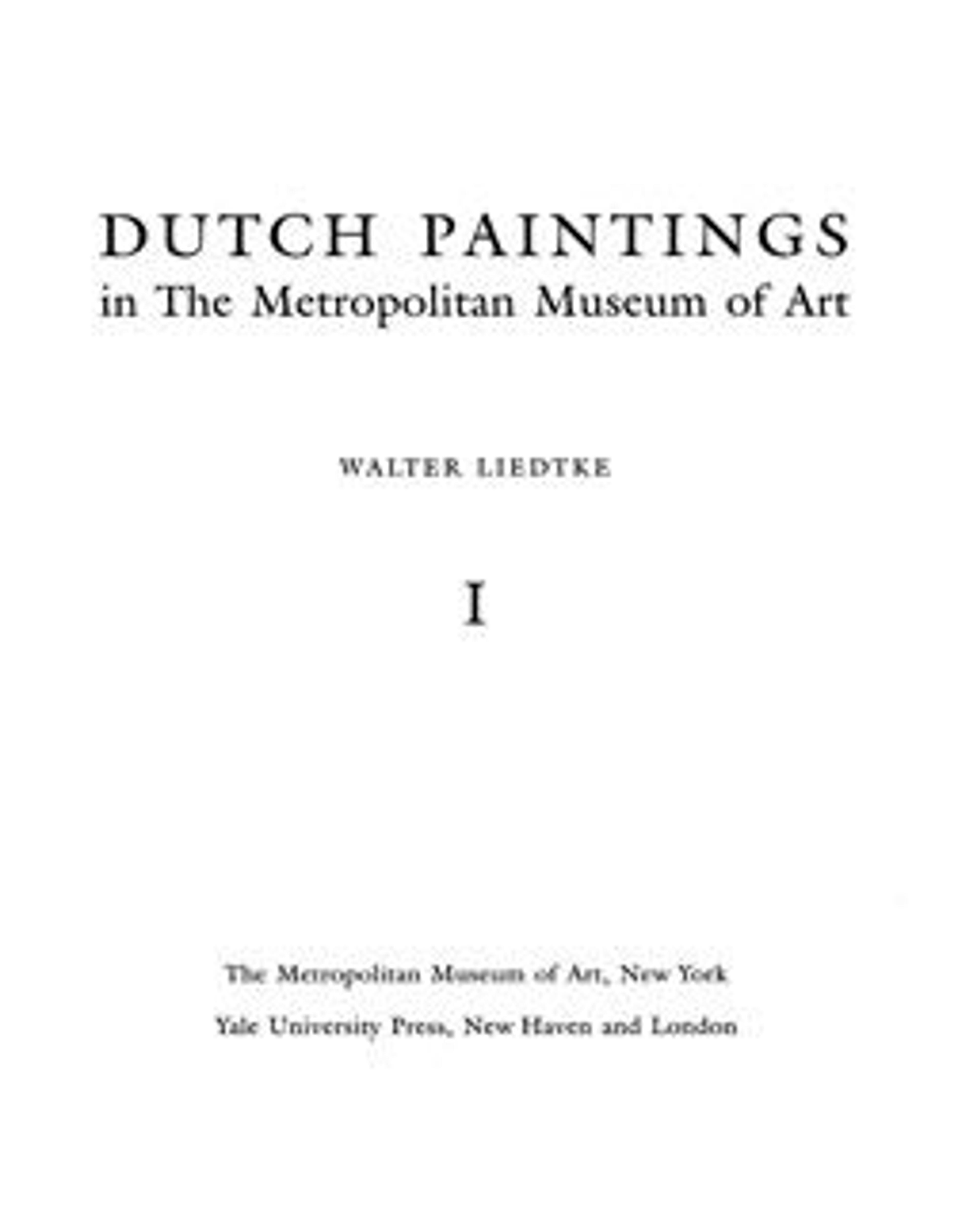Gamepiece with a Dead Heron
Likely destined for a townhouse, this decorative painting evokes the bounty of the hunt on a country estate. A heron and other dead birds spill out of a game bag next to a large neoclassical urn. The animal trophies figure as a natural feature of the courtly landscape, while the tumult of the hunt remains offstage. In the background, aristocratic figures stroll at the edge of an ornamental pond, complete with gliding swans.
This painting was seized by the Nazis from the collection of Baron Alphonse Mayer Rothschild (1878–1942) in Vienna and restituted to his widow, Baroness Clarice Rothschild, in 1948.
This painting was seized by the Nazis from the collection of Baron Alphonse Mayer Rothschild (1878–1942) in Vienna and restituted to his widow, Baroness Clarice Rothschild, in 1948.
Artwork Details
- Title: Gamepiece with a Dead Heron
- Artist: Jan Weenix (Dutch, Amsterdam ca. 1641?–1719 Amsterdam)
- Date: 1695
- Medium: Oil on canvas
- Dimensions: 52 3/4 x 43 3/4 in. (134 x 111.1 cm)
- Classification: Paintings
- Credit Line: Rogers Fund, 1950
- Object Number: 50.55
- Curatorial Department: European Paintings
More Artwork
Research Resources
The Met provides unparalleled resources for research and welcomes an international community of students and scholars. The Met's Open Access API is where creators and researchers can connect to the The Met collection. Open Access data and public domain images are available for unrestricted commercial and noncommercial use without permission or fee.
To request images under copyright and other restrictions, please use this Image Request form.
Feedback
We continue to research and examine historical and cultural context for objects in The Met collection. If you have comments or questions about this object record, please contact us using the form below. The Museum looks forward to receiving your comments.
